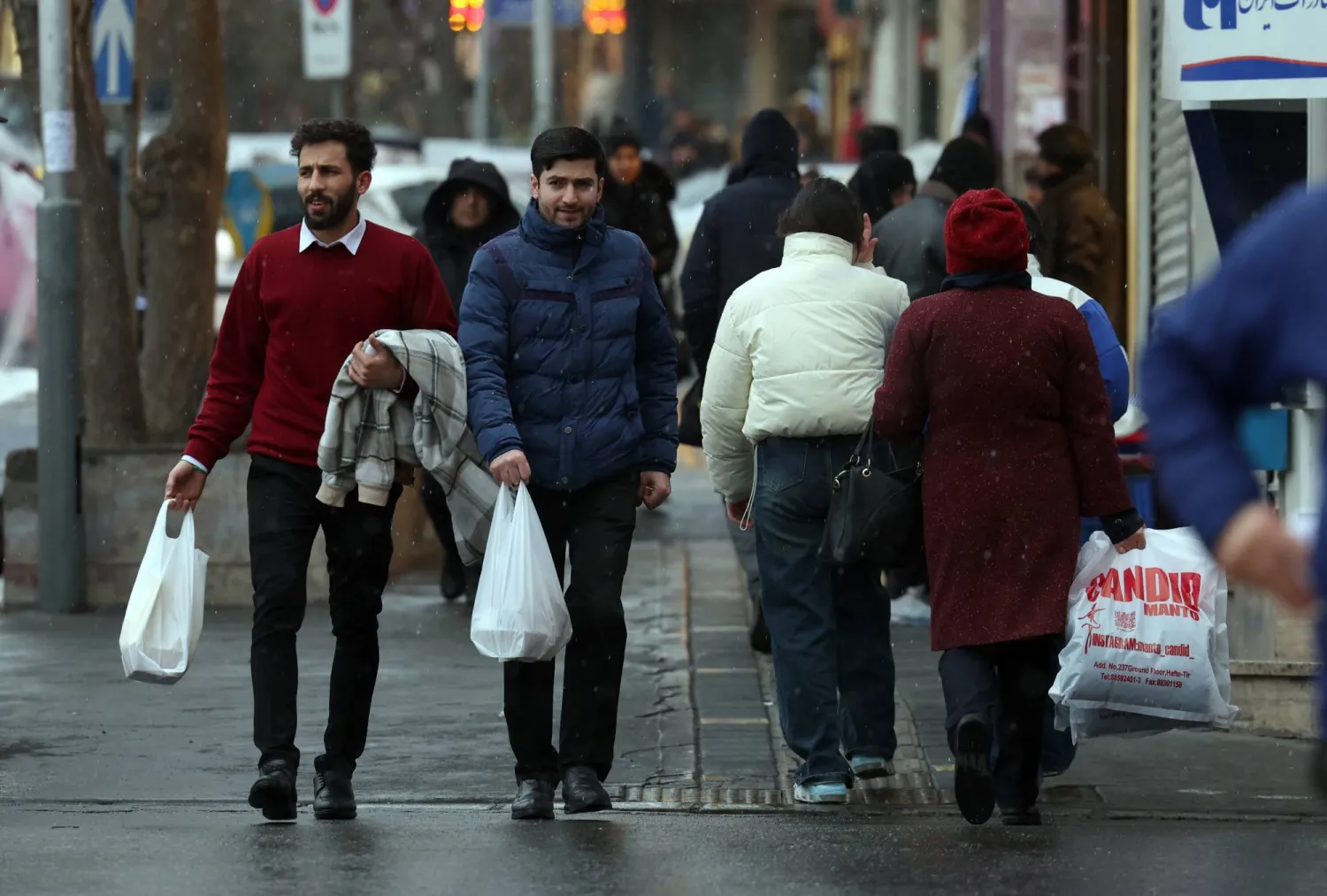Saudi Arabia launched a geographical survey project to determine renewable energy sites in the country.
The project is the first of its kind in the world in terms of geographical coverage, as it will survey more than 850,000 square kilometers of Saudi land, according to Minister of Energy Prince Abdulaziz bin Salman.
Project execution contracts were awarded to national companies to install 1,200 stations to monitor solar and wind energy in all regions of the Kingdom.
The minister of Energy noted that the new plan falls within the National Renewable Energy Program and will cover all regions Kingdom-wide by surveying more than 850,000 square kilometers, after excluding populated areas, sand dune areas, and airspace restrictions.
The surveyed zone is approximately equivalent to the area of the UK and France combined, he added.
Prince Abdulaziz explained that the project will contribute to identifying the best locations for developing renewable energy plans in Saudi Arabia, in terms of the size of renewable energy resources and the projects’ development priority.
He stated that solar energy monitoring stations, which operate through advanced measuring devices installed on the ground, will determine and record direct natural radiation, terrestrial horizontal radiation, the deposition rate of dust and pollutants, the terrestrial reflection factor, the ambient temperature, and precipitation, relative humidity, and atmospheric pressure.
The minister also said that the wind energy measuring stations, which will be installed at multiple heights, up to 120 meters, will record wind speed and direction, ambient temperature, atmospheric pressure, and relative humidity. The data collection will be done using the latest technologies and the highest quality standards and international practices, he noted.
Prince Abdulaziz went on to say that the project includes establishing a platform to monitor, record and transmit measurement data, around the clock, and to analyze and process it digitally using artificial intelligence, with the aim to evaluate and rank sites in terms of their suitability for establishing renewable energy projects.
In this context, the minister of Energy stated that the accuracy of the data makes the projects more profitable, according to the requirements of local and international financing institutions. This will contribute significantly to the immediate allocation of lands for renewable energy projects, and accelerate the execution process after coordination with the concerned authorities.
The minister said the new geographical survey project aligns with the Kingdom’s commitment to achieving its ambitious goals in producing and exporting renewable energy and boosting the optimal use of renewable energy resources across all regions. It will also help leverage the Kingdom’s strategic geographical location in exporting electricity generated from renewable sources.
According to Prince Abdulaziz, the project will contribute to achieving the optimal energy mix targets for electricity production, with renewable energy sources comprising about 50% of the energy mix by 2030. This is in addition to driving the Kingdom’s move towards hydrogen production, and to achieving the goals of the Liquid Fuel Displacement Program by reducing dependence on liquid fuel in electricity generation.
He further revealed that starting this year, Saudi Arabia will tender new renewable energy projects with a capacity of 20 gigawatts annually, aiming to reach between 100 and 130 gigawatts by 2030, depending on electricity demand growth.









